Wednesday, October 31, 2012
Sunday, October 21, 2012
Alfred Stieglitz
Alfred Stieglitz was an American photographer who promoted and displayed photography as an form of modern artwork. He was also well-known for running several art galleries in New York. He is important in the history of photography because he was able to make photography an accepted form of art.
 |
| Winter - Fifth Avenue by Alfred Stieglitz |
 |
| Blue and Green Music by Georgia O'Keeffe |
However, there was another notable thing he did during his lifetime. He married a famous painter named Georgia O'Keeffe. She had gain the attention of art galleries before women were allowed to go to universities. She mainly was known for painting magnified blossoms and New York buildings.
Friday, October 5, 2012
Web Assignment #3
 |
| A Brownie Camera from the 1940s. |
The Brownie was a non-expensive camera, having to pay only $1 for the first model, and could be used by virtually everyone, which is what inspired their slogan: "You push the button, we do the rest."
This revolutionized the way photography was used because cameras were now able to be used by the common public, allowing for the expansion of interest of photographers everywhere.
Monday, October 1, 2012
Webpost #2
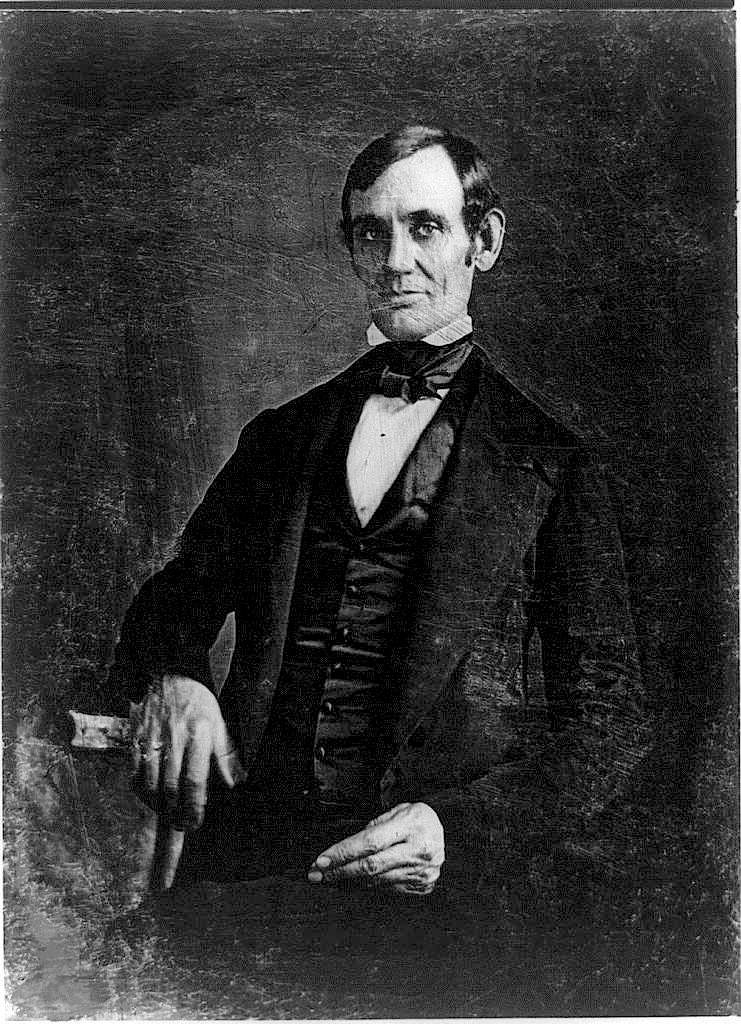 |
| A daguerreotype of Abraham Lincoln |
The albumen print was the first method to print a photograph on paper commercially. It's process used the albumen of egg whites to develop the photo to the paper, and eventually the process died out during the early 19th century.
 |
| An albumen print of the Hypaethral Temple |
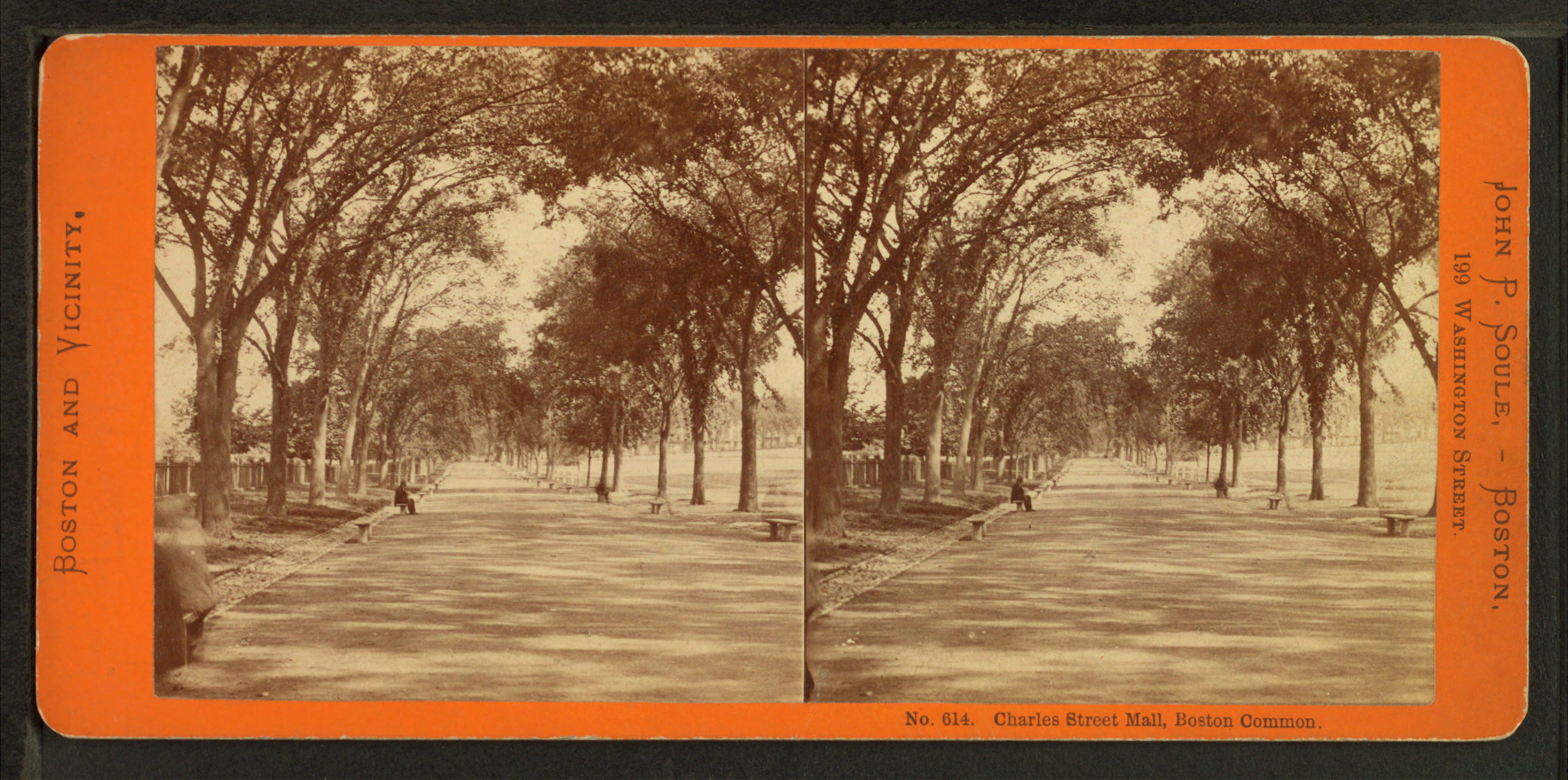 |
| A stereoscope of the Charles Street Mall in Boston |
A Carte de Visite was a style of small photograph that was popular in the 1860s. It started a huge widespread of "Cardomania",
and was used by soldiers and the rich to send
small pictures fast.
Matthew Brady and Alexander Gardner were photographers of the
photojournalists, for they were well-known for their documentation and photography during the civil war.
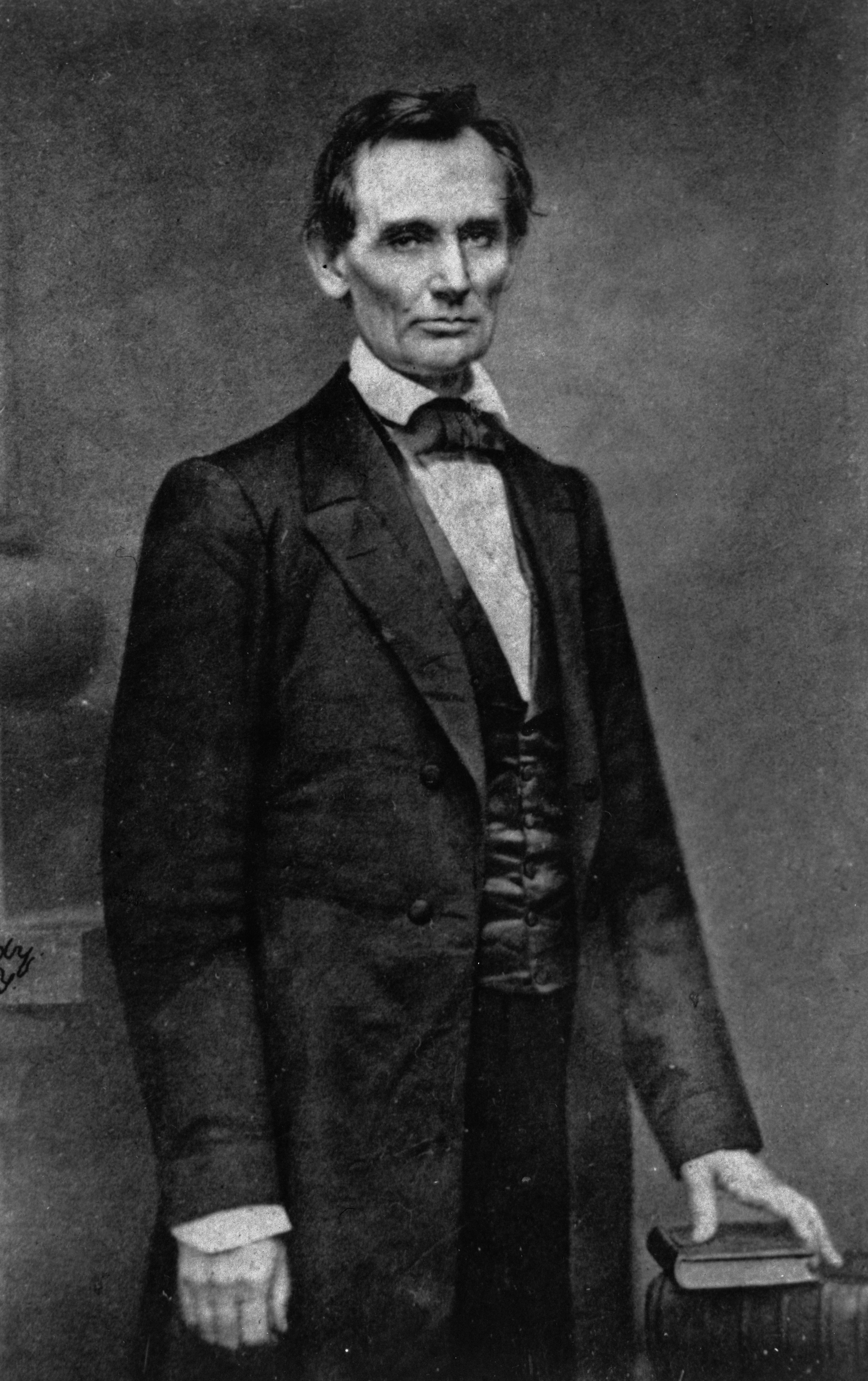 |
| Picture of Abraham Lincoln, taken by Brady |
 |
| A Carte de Visite of Napoleon III |
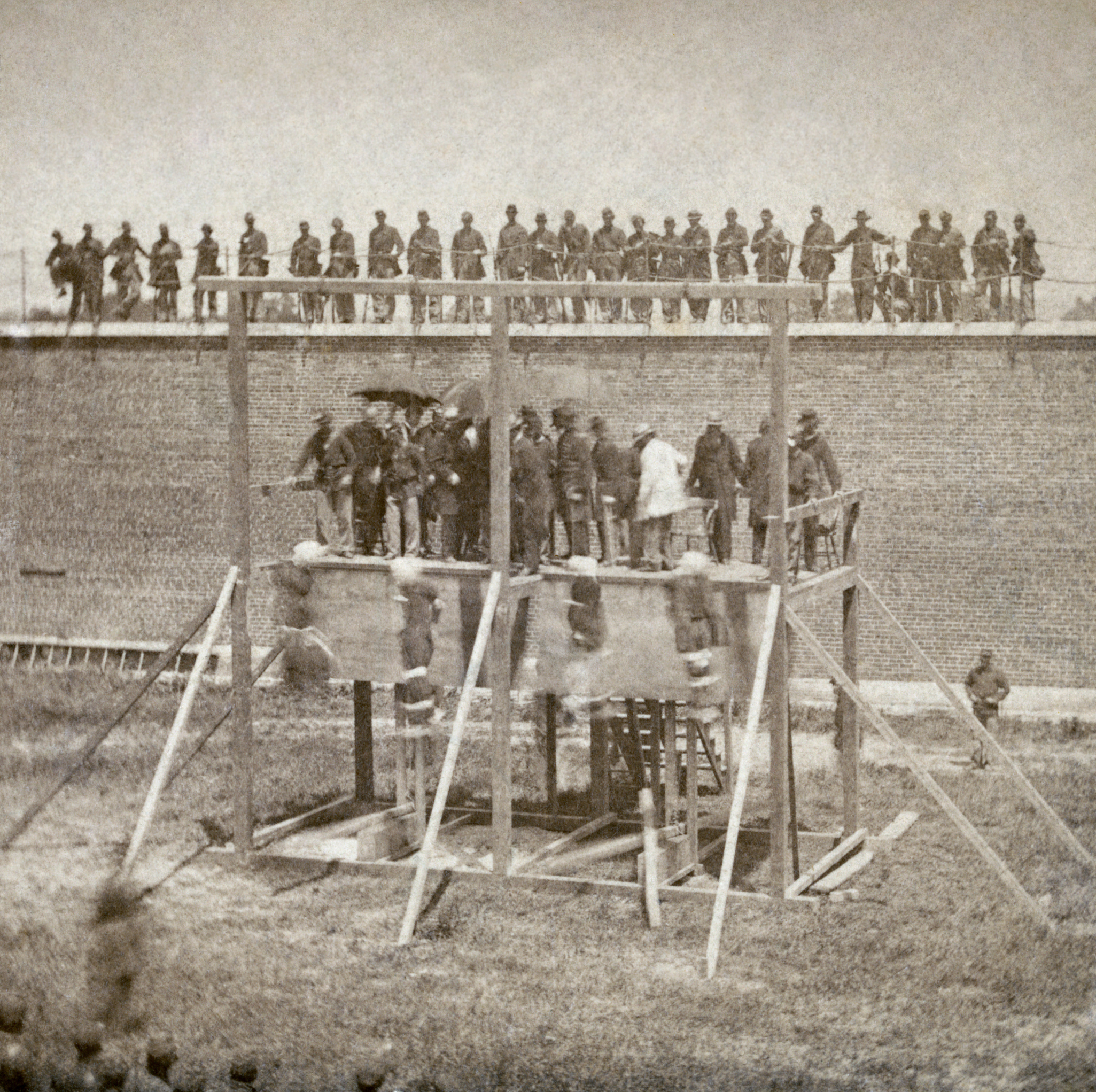 |
| Execution of the Lincoln conspirators, taken by Gardner |
Monday, September 17, 2012
Nicephore Niepce: The earliest photographer
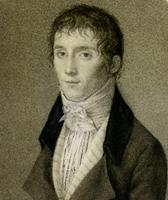 |
| Nicephore Niepce |
Nicephore was known for taking the photograph "View from the window at Le Gras". It is one of the first permanent photographs. It was taken at Saint-Loup-de-Varennes, from the window overlooking his estate, Le Gras. The photograph was taken on a pewter plate, covered in bitumen of Judea, a substance similar to asphalt. The exposure time was a staggering 8 hours long, and came up with the image of the rooftops of his home. This photo has been added to the top 100 most influential photographs of all time, and is currently being housed for permanent display at the Harry Ransom Humanities Research Center.
 |
| View from the window at Le Gras. Taken in 1826. |
Thursday, September 13, 2012
Welcome!
This is a blog that is used for custom photography. From pinhole photography, to photograms and just basics, this blog will hold what my camera sees.
Hope you enjoy!
Hope you enjoy!
Subscribe to:
Posts (Atom)
